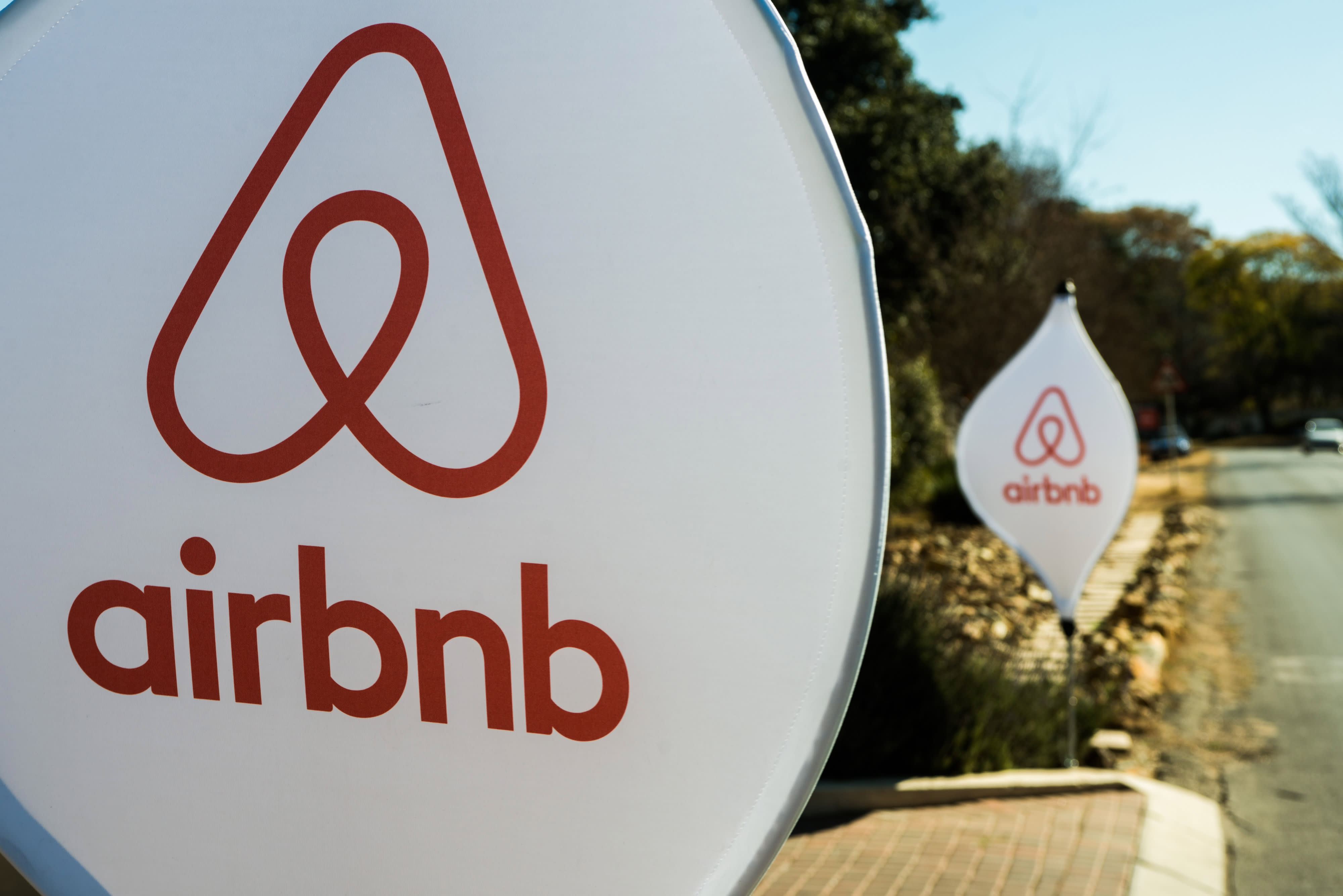This post was originally published on this site

Despite a roller-coaster ride in 2019, IPO investors made money, and they are starting off 2020 in the green as well.
The Renaissance Capital IPO ETF, a basket of the most recent 60 or so larger IPOs, is at a historic high. It has dramatically outperformed the S&P 500 year-to-date, up nearly 9% versus a gain of about 3% for the S&P.
The IPO market is now heating up again, with recent filings from Reynolds Consumer (Reynolds Wrap and Hefty trashbags) and OneMedical (health clinics). They may soon be joined by Casper (mattresses), which has filed to go public but not yet set out terms.
Sitting out there is Airbnb, and likely the largest IPO of the year: GE Healthcare, GE’s imaging business, which could go public at $60 billion. That’s twice the size of Airbnb.
The IPO ETF has outperformed the major indices this year due to a surge in 2019 under-performers such as Uber, Lyft and BeyondMeat.
IPO underperformers shine in 2020 (YTD)
Uber, up 26%
Lyft, up 12%
Beyond Meat, up 71%
SmileDirect, up 45%
Uber and Lyft together comprise nearly 15% of the value of the IPO ETF.
“The strong 2020 performance of recent IPOs bodes well for the 2020 crop,” said Kathleen Smith of Renaissance Capital.
“Prices were reset in the third quarter,” she said, noting that the IPO ETF rebalanced in the second half of December, buying its largest position — Uber — at nearly $29. It’s now at $37.
Smith noted that while the amount of money raised by IPOs in 2019 was a mild disappointment — $46 billion, which is about the same as 2018 — public investors made money in most IPOs. That’s because many issuers were forced to lower prices to attract buyers.
“It was a mediocre year for companies that thought they could go public at premium valuations, but it was a good year for investors who bought IPOs,” she said. She expects that to continue into 2020.
IPO watchers expect the 2020 market to be front-half loaded due to a big second-half event: the presidential elections.
“In an election year, IPO issuance is traditionally strong in the first two quarters, slow in the third quarter, then picks up in the end of the fourth quarter,” Santosh Rao, head of research at Manhattan Venture Research said.
“My best guess is the biggest names will try to come out well before the election,” he said.




